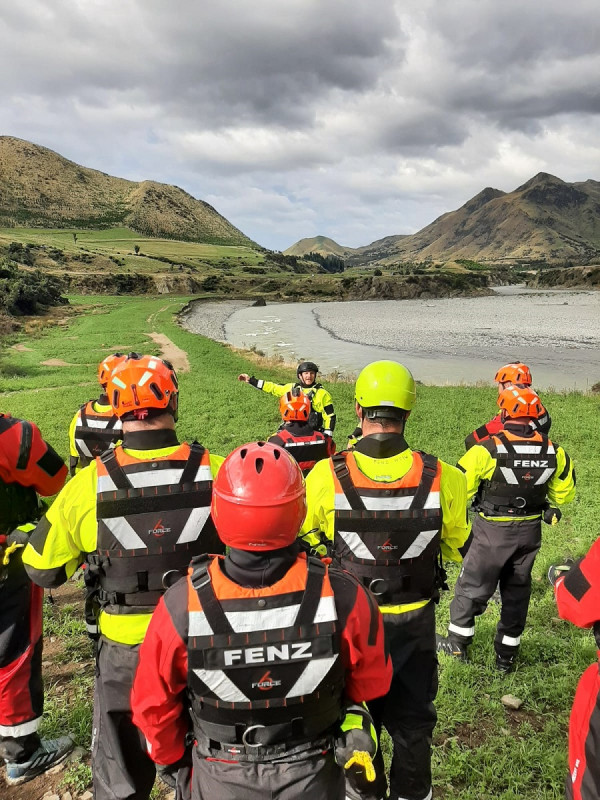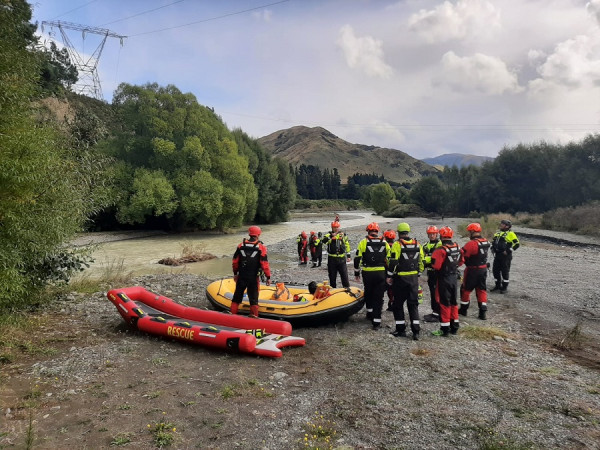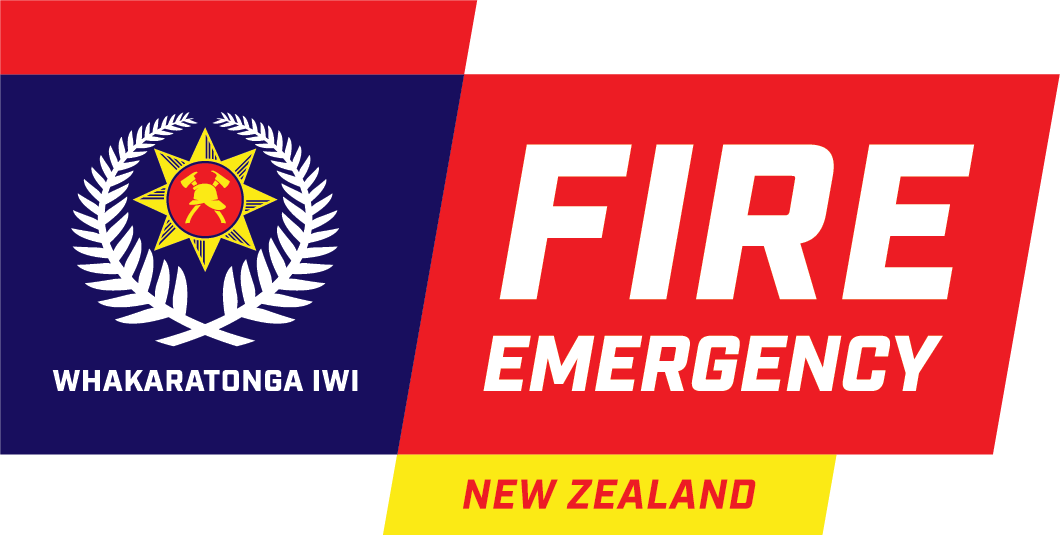Training for Specialist Water Response teams going well – EOIs open for more applicants
It has been a busy few months for the Working Safely in Water Project with all the flooding events in the North Island.
In December 2022, expressions of interest were circulated to identify people to make up the first of our Specialist Water Response teams (SWRTs). This process was interrupted by a series of weather systems which resulted in a spate of flooding in the North Island. These incidents drove home the importance of building an in-water capability within Fire and Emergency.
Firefighters around the motu did some exceptional work often in extreme conditions responding to these emergencies.
A small part of that effort was undertaken by three water response teams that were assembled by the WSIW project for the Auckland anniversary weekend floods, Tropical Cyclone Gabrielle response, and the Auckland/Mangawhai flooding over 25 February.
These teams comprised personnel from the subject matter expert group that is informing the project or people who held a suitable swift water rescue qualification who had applied for the Specialist Water Response teams.
This was a good opportunity to prove concept and formed a live pilot for how the SWRTs could operate in future flood events. Over this operational period, they attended around 40 incidents and conducted 32 rescues while assisting with multiple evacuations.
Following on closely was the first of the three swift water technician pilots to begin training the Te Ihu team. This was held in Hanmer Springs, predominantly in the Waiau river. This was delivered by an external training provider, Rescue 3.
Rescue 3 as an organisation has trained people around the world in many flood, water, and swift water disciplines. Fire and Emergency personnel must pass Rescue 3’s swift water technician certificate which is an internationally recognised qualification to be deployable as part of the SWRTs that are under development. This training is the launchpad for our in-water capability; over time the training for this will be brought “in house”.
This course was a steep learning curve for all involved and was a great start to building the teams.
This first group provided some good feedback to make subsequent courses even better.
One thing that was clear was the workload required over a short period of time to gain competency in all the skills required was a big ask and did not leave much wiggle room in the event of lost time due to river conditions or unforeseen events. It was decided very early on to move to a longer format for the second course.
The second course was held in Rotorua from the 28 – 31 March and trained an Auckland-based team.
This course coincided with a cold snap which had everyone reaching for their thermals. Although the sun made its appearance for most of the course so too did the southerly wind which made for a very chilly inside of the Kawarau scout hall.
River conditions were lively with good flows on the Tarawera river which meant plenty of scope to display the skillsets required. The team built on each lesson and their confidence grew over the course to where they competently performed a night scenario rescuing four patients with the skills learned over the previous days.
Focus is now shifting to the third course which will cater to the Wellington region as well as three more teams which have just been approved.
These will be based in Ngā Tai ki te Puku, Te Kei, and a third in Te Ūpoko. To read about the teams and submit an application please go to the Portal.
The longer-term plan is to continue to build capacity to where we can have District-based capabilities. These will work alongside some of our partner agencies to provide the required coverage for flood and water response needs across Aotearoa New Zealand.




